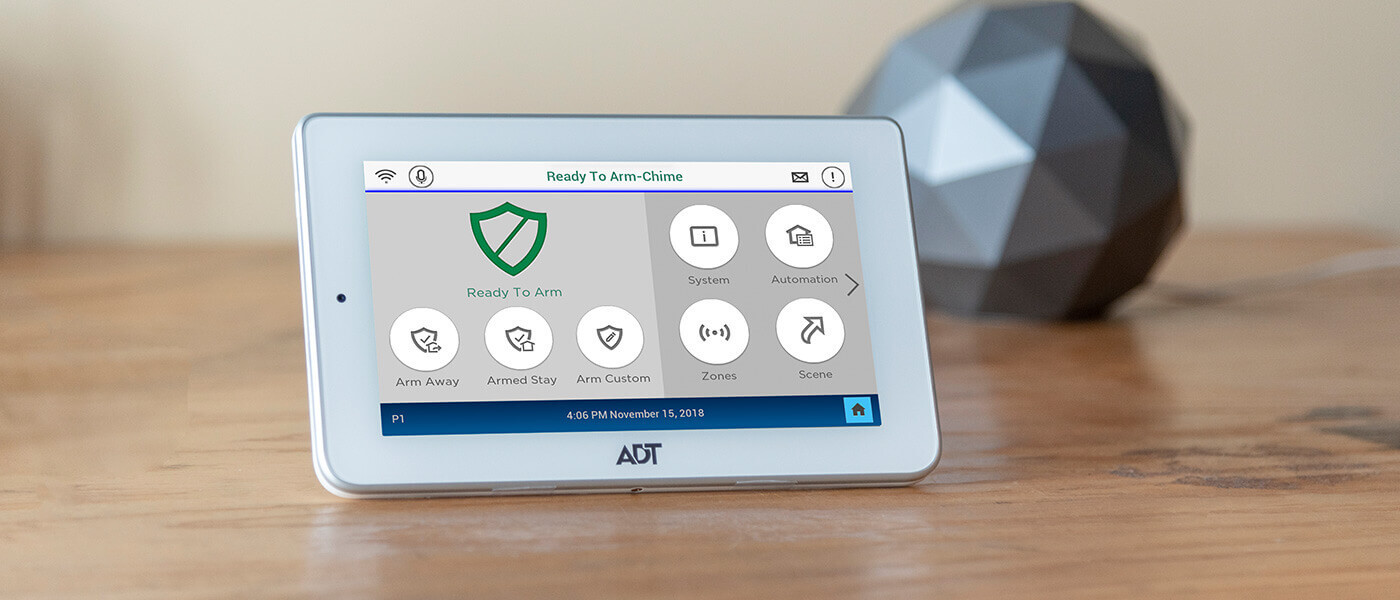
Lighting is something we tend to take for granted (until the power goes out), and therefore we don’t think much about it. Sure, we always want it available. We want the lights on when we need them and off when we don’t. And we want a variety of light options. We want different kinds of light in different rooms and settings, such as bright task lighting in the kitchen vs. soft calming light in a bedroom, and floodlights outside for security. And all of this is all basic stuff we’ve grown up with and really don’t think about.
Yet there’s actually a whole lot of innovation going on in the world of lighting that’s exciting! Sure, you’ve got your LED lights that came on the scene a few years ago (and they are now mainstream enough to have lit last year’s Super Bowl). But technology is advancing so fast that your lighting options are quickly changing, especially in the area of home security.
The start of a new year is usually a good time to look ahead to what’s coming, so we offer you a quick look at the three lighting technologies we believe to be most relevant to homeowners, now and in the near future:
Connected lighting
Called “connected lighting” or “smart lighting,” control is where it’s at. And now you can tell your lights to do all kinds of things! Technology is growing in sophistication, meaning you’ll be able to change the color of your lights to suit your mood, use sensors or settings to control lighting, even using your location data to turn lights on when you arrive home. Although much of what is touted as “connected lighting” might be gimmicky in the eyes of many homeowners, the home security benefits of this kind of connectivity are obvious, when you realize you can make your home look quite occupied even when no one is home.
Lighting as network
If you’re like me, you’re hearing about the Internet of Things a lot—I mean a lot. Like. Every. Single. Day. If you’re anticipating the continued growth of the IoT and you want your refrigerator talking to your car via the Internet (I am admittedly being facetious here), you’ll be interested to learn that lighting might be the network upon which your “things” get connected, because it provides an existing wired framework upon which to build wireless connections…which makes the mind spin with possibilities.
Home automation
Of the most interest to most homeowners, however, since it’s the most practical application of advanced lighting technology, is home automation—specifically home automation as it applies to lighting and home security. Technology keeps advancing forward in this area, offering homeowners ever more ways to reduce energy usage while protecting their homes and families. Home automation helps you save energy and provide a welcoming home in the dark of winter, but it can also deter burglars as different lights come on at different times of the day, giving the appearance of activity inside the house when you’re not home.
With the home automation featured offered by your home security company, you can set it up so lights come on—inside and outside—before you (or your kids, if they’re first) get home, which makes for a welcoming homecoming. And you won’t be locked in to whatever you setting you used: If things change and you’ll be home earlier or later, you can use your smartphone or tablet to change the setting.
Plus there’s a safety benefit to this: Scheduling outside lights to turn on as well means lighting the pathways that lead to your door. Some home automation setups let you program lights to turn on automatically when you walk into a room, or to signal you if the doorbell or phone is ringing.
I’m sure as technology keeps evolving in every area of the lighting industry, there will be all kinds of perks for homeowners, from the gimmicky like making your lights turn blue if it’s raining to the practical like better protecting your home when you’re away at work. And to keep tabs on the latter, just keep checking back here!









